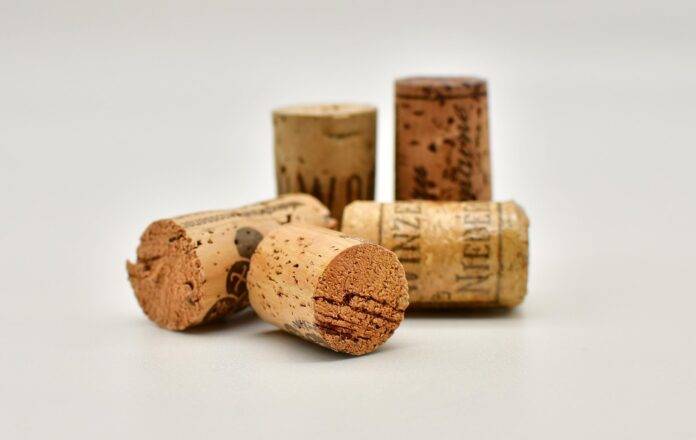Introduction
The wine industry has long been dominated by traditional methods of production, with large commercial wineries following conventional practices to meet consumer demand. However, in recent years, there has been a growing trend towards biodynamic and natural wine production, with a number of producers disrupting the industry with their innovative approaches. In this report, we will explore how biodynamic and natural wine producers are challenging traditional models, the financial implications of this shift, and the key players driving this change.
The Rise of Biodynamic and Natural Wine Producers
What is Biodynamic Wine?
Biodynamic wine production is based on the principles of biodynamics, a holistic and sustainable approach to farming that views the vineyard as a self-sustaining ecosystem. Biodynamic farmers follow a strict set of practices, including planting according to lunar cycles, using natural fertilizers, and avoiding synthetic chemicals. These practices are believed to enhance the quality of the grapes and the resulting wine, producing a product that is more reflective of its terroir.
What is Natural Wine?
Natural wine production takes a minimalist approach, with producers using organic or biodynamically-grown grapes and minimal intervention in the winemaking process. Natural winemakers typically avoid added sulfites, commercial yeast, and filtration, allowing the wine to ferment and develop naturally. The result is a wine that is often described as more vibrant, alive, and expressive of its origins.
Disruption of Traditional Models
Challenges to Conventional Practices
Biodynamic and natural wine producers are challenging the traditional models of winemaking in several ways. By eschewing synthetic chemicals and additives, these producers are promoting environmentally-friendly practices that prioritize soil health and biodiversity. This not only benefits the ecosystem but also contributes to the long-term sustainability of the vineyard.
Changing Consumer Preferences
Consumers are increasingly seeking out wines that are made with minimal intervention and reflect a sense of place. Biodynamic and natural wines appeal to a growing segment of the market that values transparency, authenticity, and sustainability. As a result, traditional wineries are facing pressure to adapt to changing consumer preferences or risk losing market share to these disruptors.
Financial Implications
Investment in Sustainable Practices
Biodynamic and natural wine producers often invest heavily in sustainable practices, such as organic farming, biodiversity conservation, and energy efficiency. While these practices may require higher initial investments, they can lead to long-term cost savings and improved quality in the vineyard. Some producers have reported increased yields, higher grape quality, and reduced input costs as a result of their sustainable practices.
Market Growth and Premium Pricing
The market for biodynamic and natural wines is experiencing rapid growth, with consumers willing to pay a premium for these products. According to industry data, the global market for organic wine is projected to reach $15.8 billion by 2027, driven by increased consumer awareness of sustainability and health benefits. As a result, biodynamic and natural wine producers have been able to command higher prices for their products, leading to improved profitability and market positioning.
Key Players in the Industry
Leading Biodynamic Producers
Some of the leading biodynamic wine producers include Domaine de la Romanée-Conti in Burgundy, France, and Bonterra Vineyards in California, USA. These producers have gained international recognition for their commitment to biodynamic practices and the exceptional quality of their wines. Domaine de la Romanée-Conti, in particular, is known for its iconic Grand Cru wines that consistently rank among the best in the world.
Pioneering Natural Winemakers
Natural winemakers like Domaine Lucci in Australia and Clos Lentiscus in Spain have been at the forefront of the natural wine movement, producing wines that are true expressions of their terroir. These producers have garnered a loyal following among consumers who appreciate their unadulterated approach to winemaking and the unique flavors that result from minimal intervention.
Conclusion
In conclusion, biodynamic and natural wine producers are disrupting traditional models of winemaking with their innovative practices and commitment to sustainability. By prioritizing soil health, biodiversity, and authenticity, these producers are not only challenging the status quo but also meeting the growing demand for transparent and environmentally-friendly wines. As the market for biodynamic and natural wines continues to expand, traditional wineries will need to adapt to these changing dynamics or risk being left behind.




